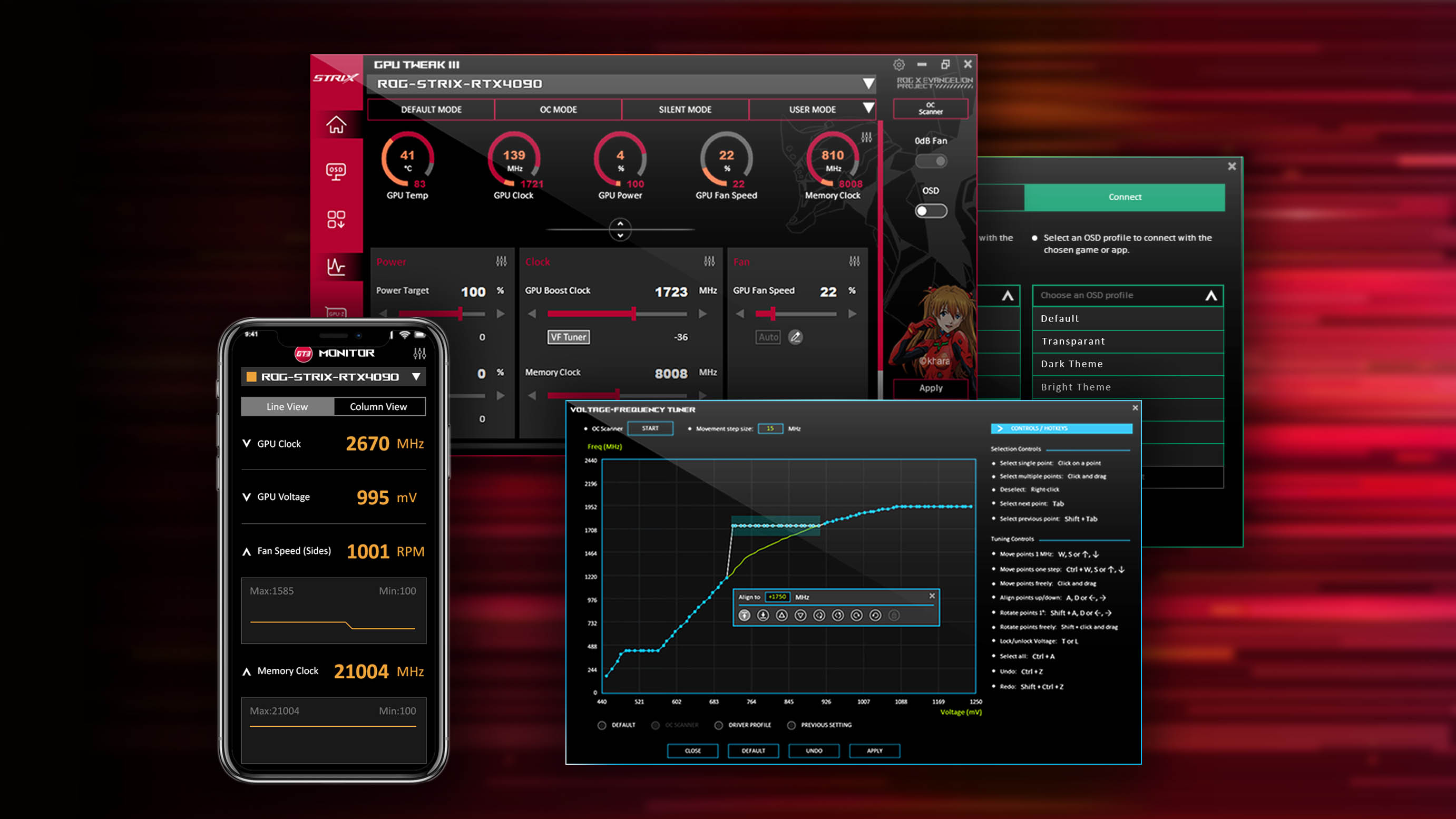GPU Overclocking Guide: Maximize Your Graphics Card Performance

David Miller
2024-03-08

Introduction to GPU Overclocking
Overclocking your graphics card can provide additional performance at no extra cost. This guide will walk you through the process safely and effectively.
Understanding the Basics
Key components that can be overclocked:
- Core Clock Speed
- Memory Clock Speed
- Power Limit
- Voltage (where available)
Required Tools
Essential software for overclocking:
- MSI Afterburner
- GPU-Z
- 3DMark
- Heaven Benchmark
- Temperature monitoring tools
Safety Considerations
Important precautions:
- Adequate cooling
- Power supply headroom
- Temperature limits
- Stability testing
Step-by-Step Process
1. Baseline Testing
- Record stock performance
- Monitor temperatures
- Note benchmark scores
2. Power Limit Adjustment
- Increase power limit
- Monitor stability
- Check temperatures
3. Core Clock Overclocking
- Gradual increases
- Stability testing
- Finding maximum stable clock
4. Memory Overclocking
- Incremental adjustments
- Performance testing
- Artifact checking
RTX 40 Series Specific
Special considerations for latest GPUs:
- Power balancing
- Temperature targets
- Voltage curve optimization
- Memory overclocking headroom
Stability Testing
Recommended testing methods:
- Gaming benchmarks
- Stress tests
- Temperature monitoring
- Error checking
Common Issues
Troubleshooting problems:
- Crashes and artifacts
- Performance regression
- Temperature spikes
- Power issues
Monitoring Performance
Key metrics to watch:
- FPS improvements
- Temperature changes
- Power consumption
- Stability indicators

